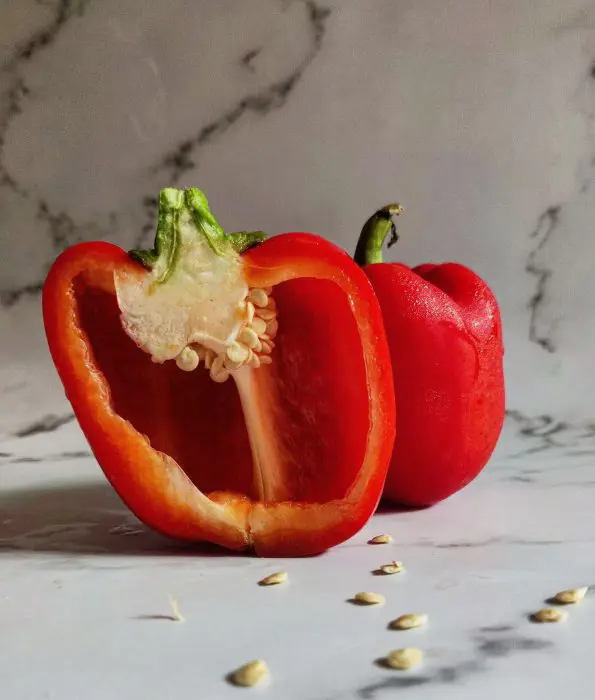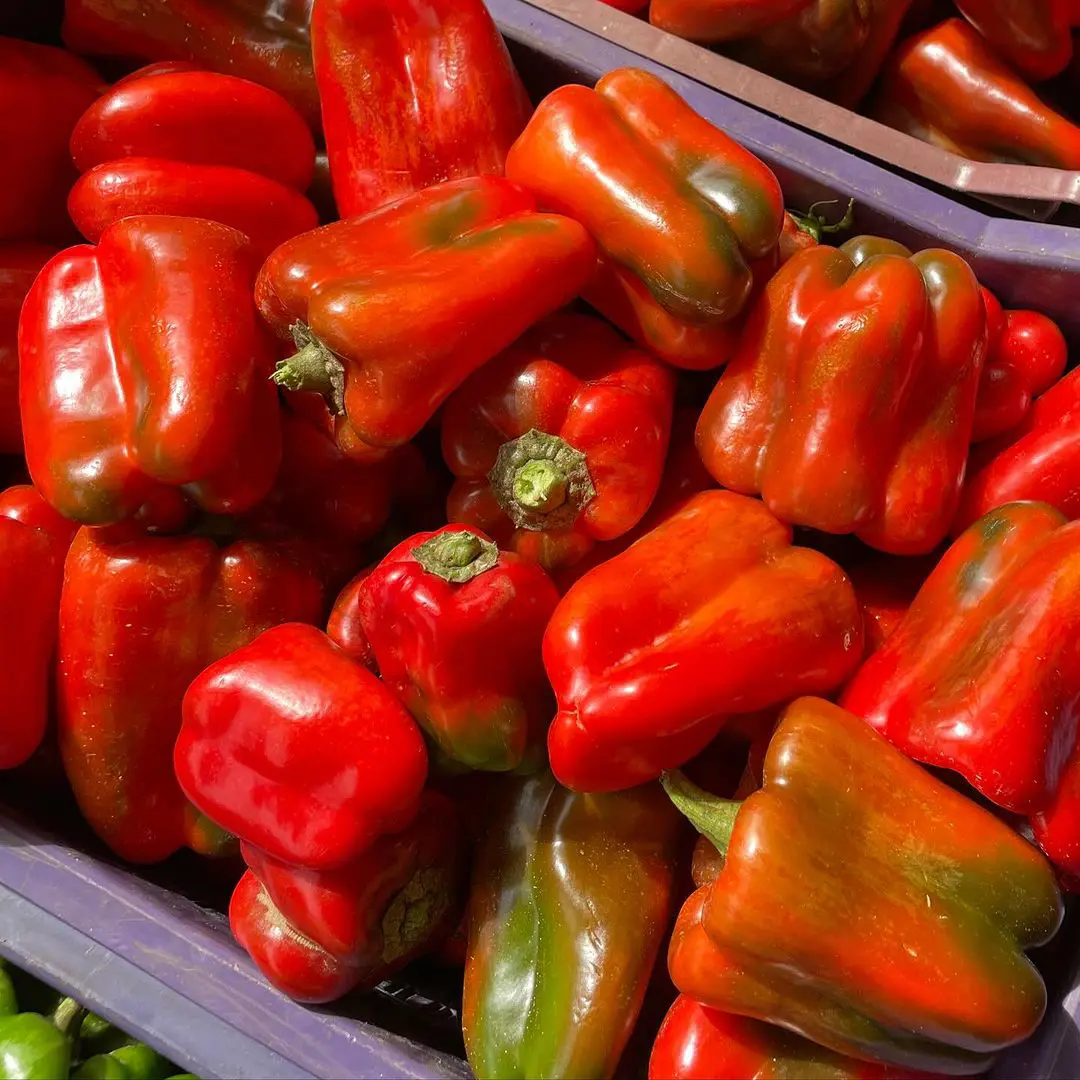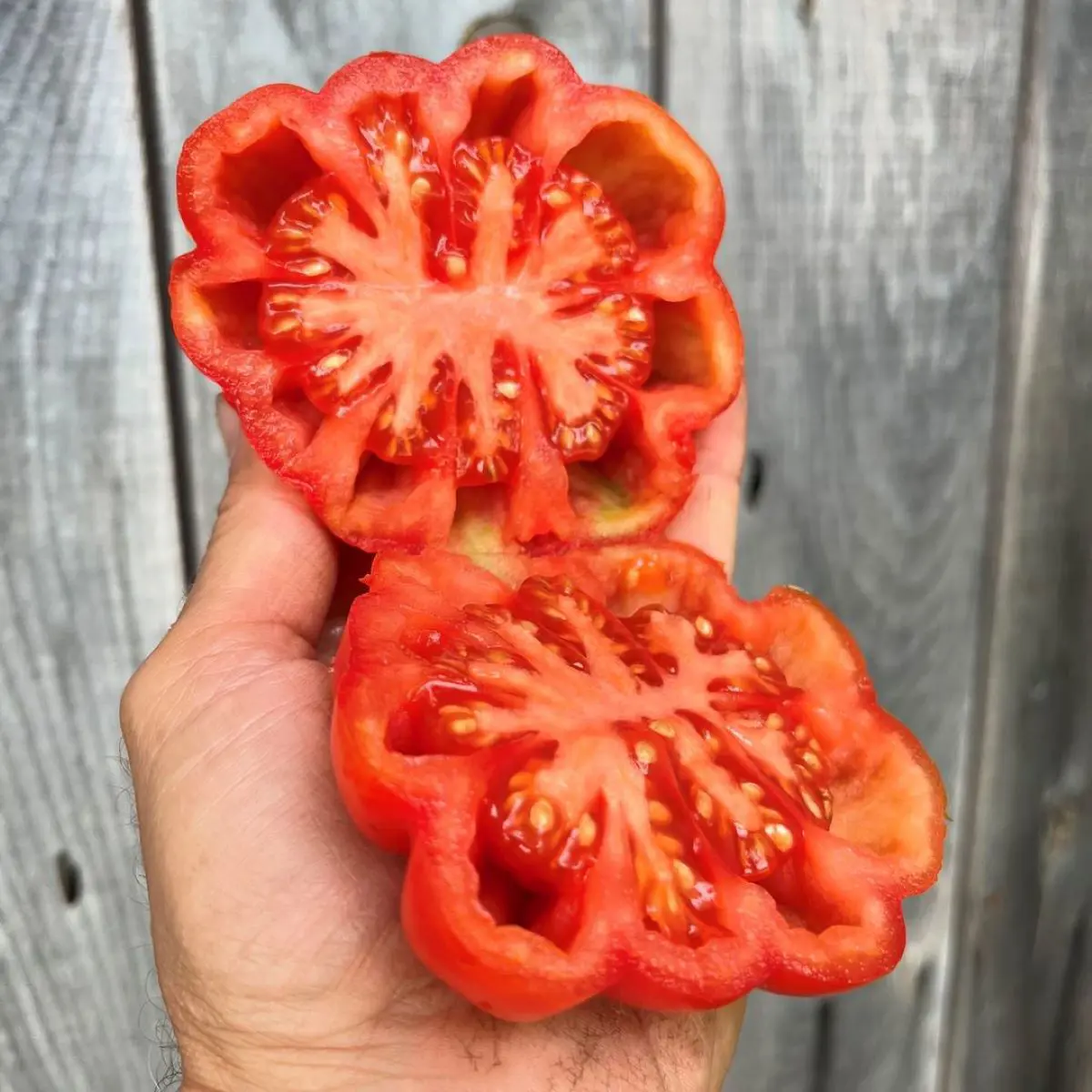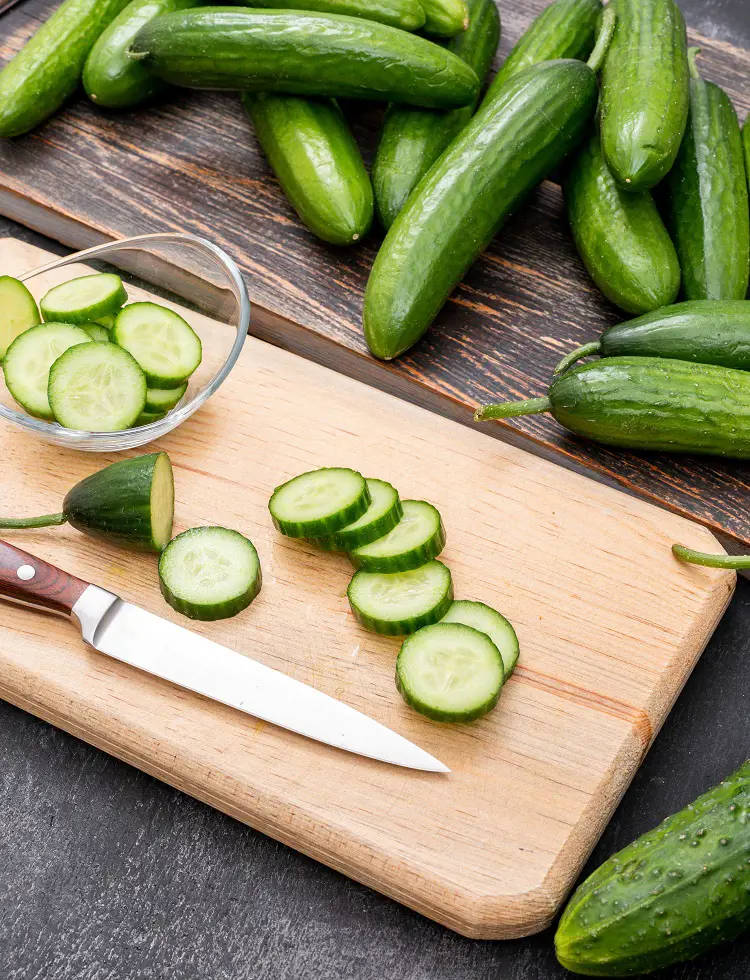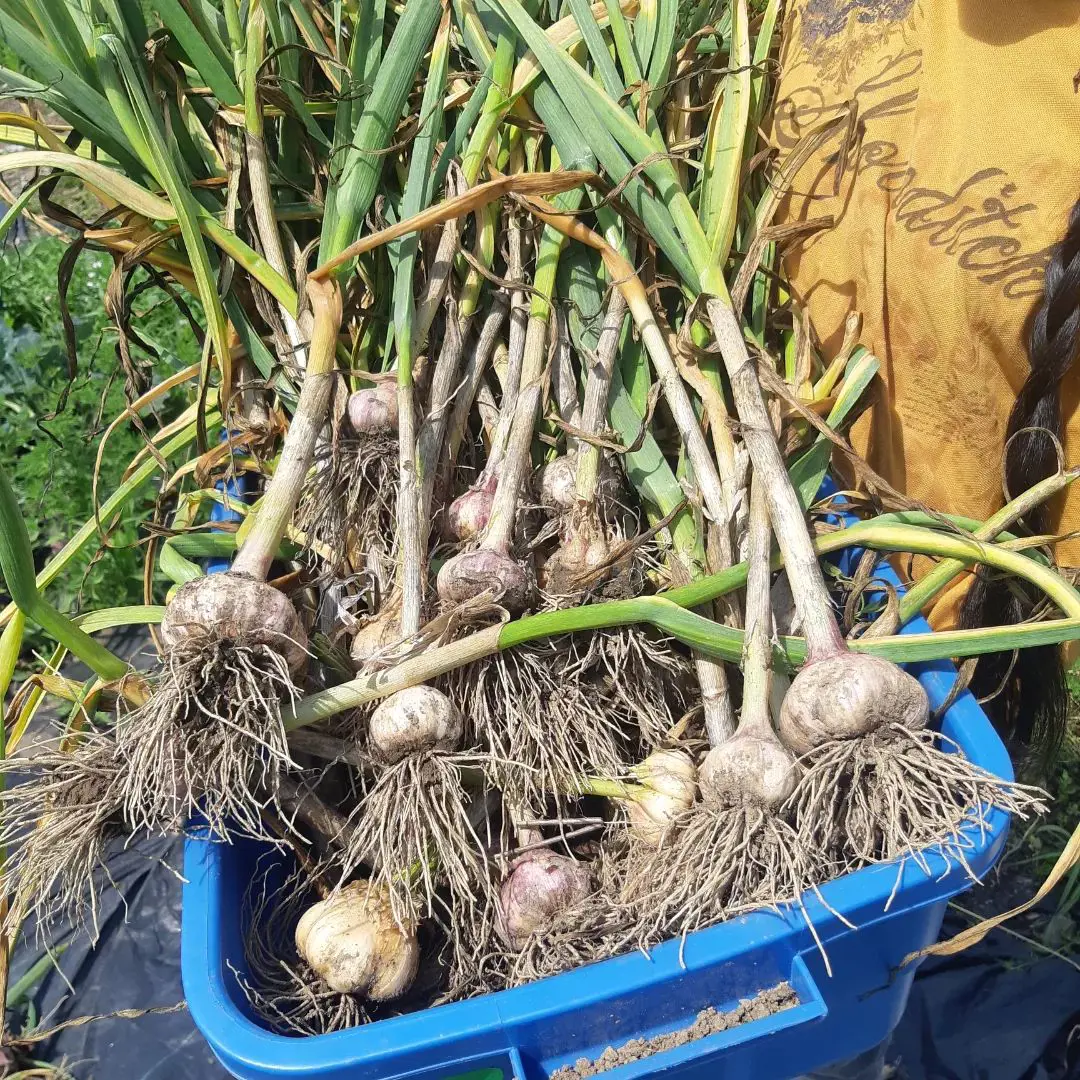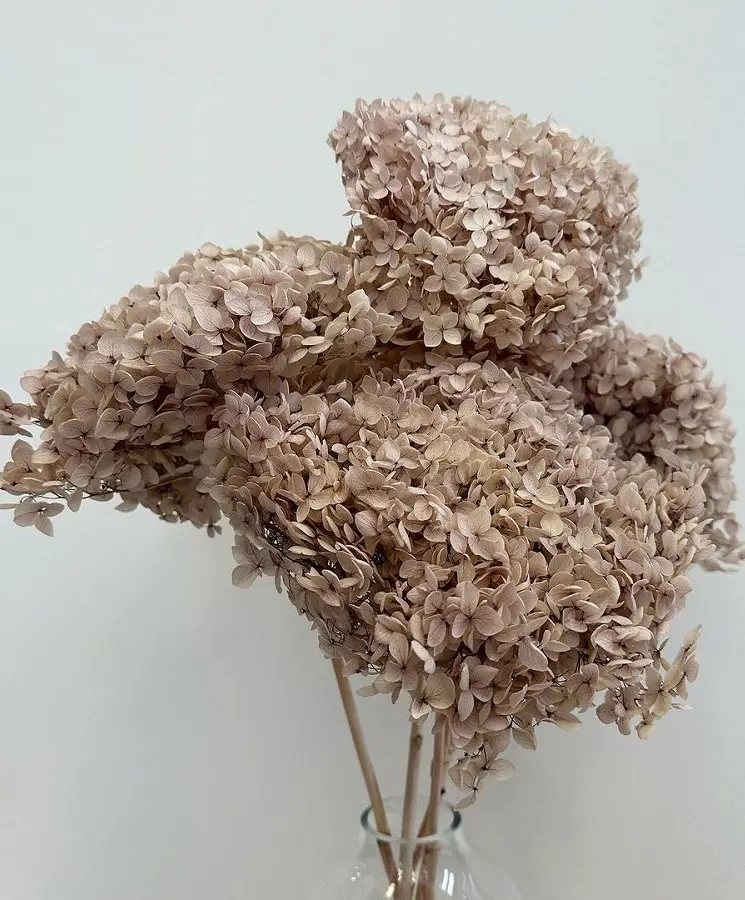How to Store Bell Pepper?
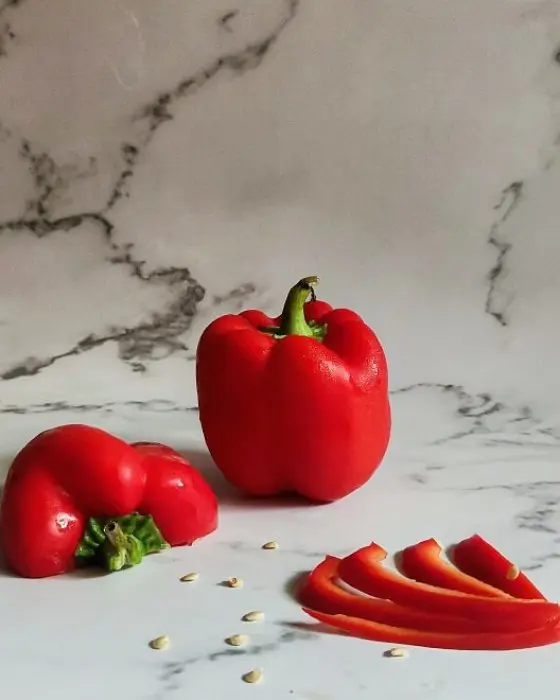
Now that you have extra bell peppers in your kitchen, you might want to save them from extending their shelf life. These simple steps can help maintain their crispiness and freshness for a longer period.
1. Prepare the Supplies
The first thing is to get the things ready. This includes a clean storage area, especially a crisper drawer in the refrigerator, a breathable cloth bag, and a fresh bunch of pepper.
If the peppers are in plastic, remove them. Plastic helps build up excess moisture, which is the enemy of fresh bell peppers. Now, get ready to proceed to the next step on ways to store bell peppers.
2. Get Rid of Decay Part
Despite the fresh bell pepper, you may notice some wrinkles and spots. To deal with this, you can cut at least an inch beyond the affected portion and remove the hidden part.
Check the pepper. If it is still firm, it is safe to store it now.
3. Clean If Required
Moisture is your major energy during storage. Despite this, sometimes you have to wash pepper plants due to dirt accumulation or some other situation
You can wash them thoroughly in cool running water and then let them dry to remove the extra moisture.
4. Do not Wash Them
You might wash those extra bell peppers before you store them, although this step might shorten the storage time of the bell pepper plant. Remember not to wash them, as the extra moisture leads to their rotting.
Lay the washed peppers and let them dry for 2-3 hours. Wipe them with a dry cloth in the wet section before storing them. Remove the excess moisture to prevent decay.
5. Wrap Them
Now, after it is completely dry, you should bag it. You should use cloth or paper bags. These help maintain air circulation and reduce the chances of premature decay.
Try to squeeze out as much as possible before you seal them in the bag for excess moisture buildup.
6. Store Whole Pepper
The main part of the storage process begins as you pack them. The best way to store bell peppers is to wrap them and store them in the refrigerator. You should take the whole, unwashed bell pepper and place it in the crisper drawer of the bridge.
These drawers are made in the refrigerator to control vegetable humidity levels. In the meantime, these wrapped bell peppers can remain fresh for two weeks in the correct storage condition.
7. Use of Paper Bag for Cut Ones
Sometimes, you also have some cut bell peppers. It is very hard to store this cut or chopped piece of bell pepper for an extended time. In such cases, a paper towel can be very helpful. It helps to create a dry environment and reduces the risk of premature damage.
Place the cut bell pepper in a clean bag. Fold over the top and do not seal completely. Then store it in the crisper drawer and use the cut bell pepper within a week for the best quality
8. Regularly Check the Pepper
One of the most common things to do after you complete the process of storage is to watch out. On a regular basis, check for signs like dark spots, wrinkles, or softening. These are signs that your bell pepper will soon decay.
The sad part is that decayed plants cannot be restored; you have to remove them and throw them away to prevent the further spoilage of other fresh plants.

